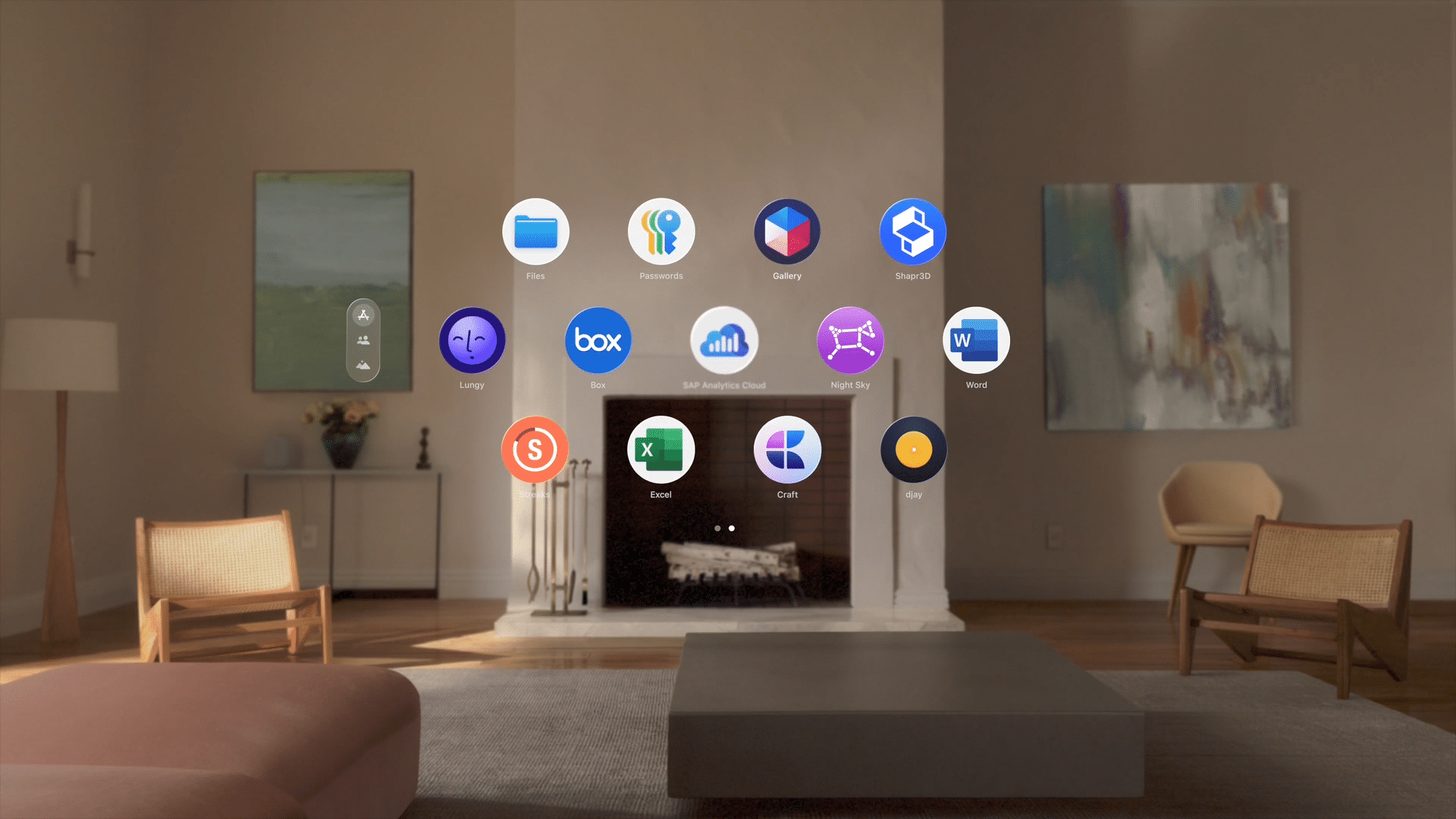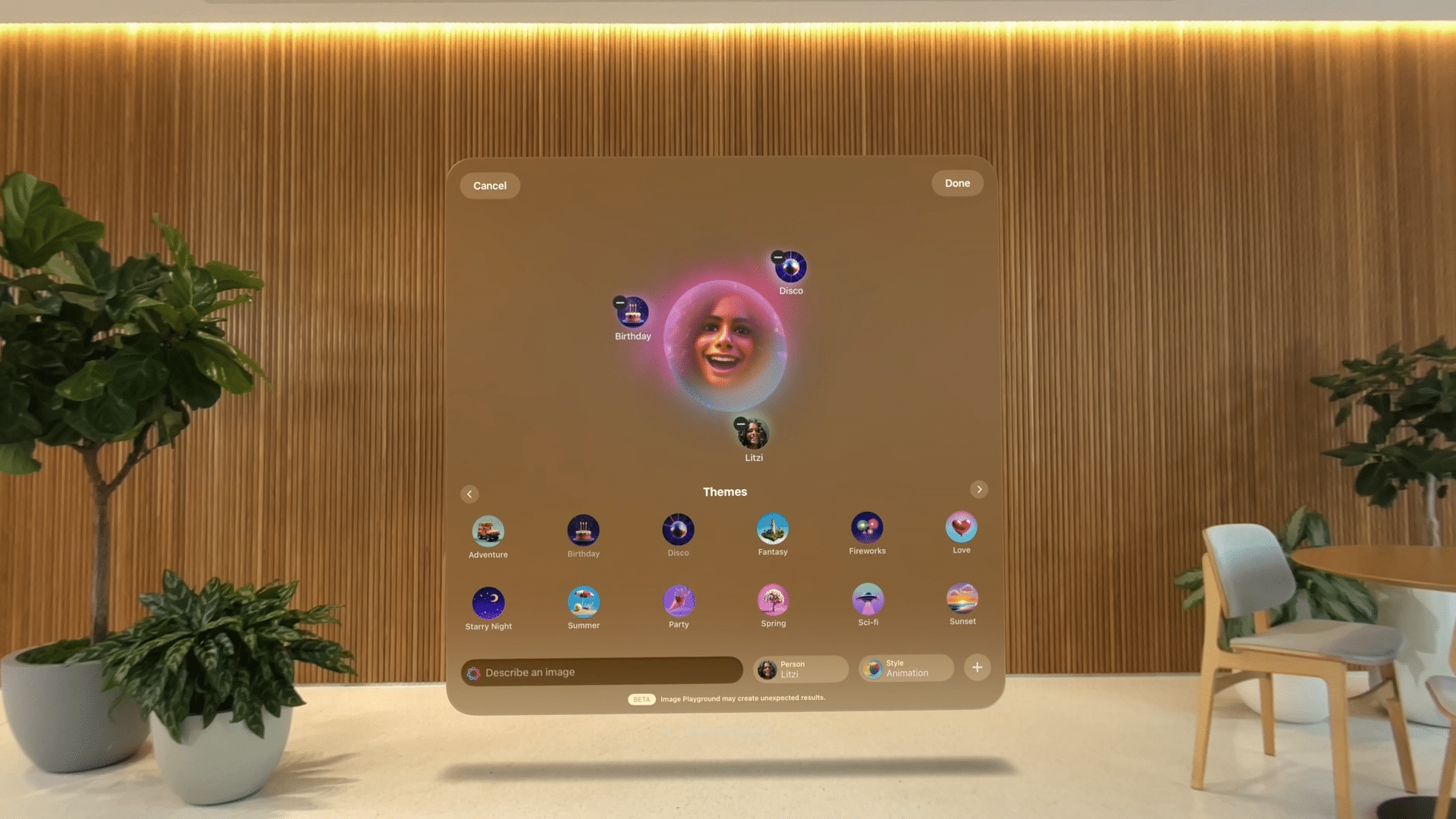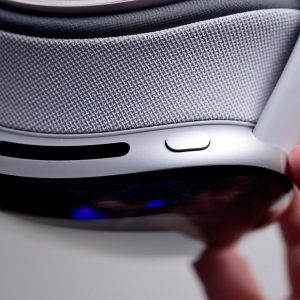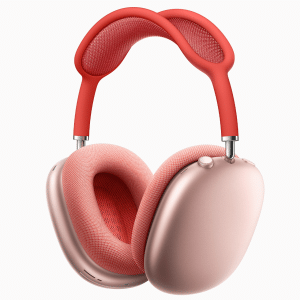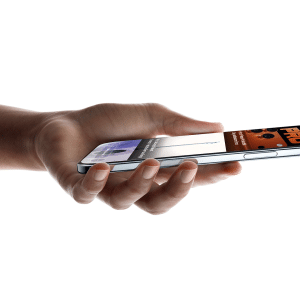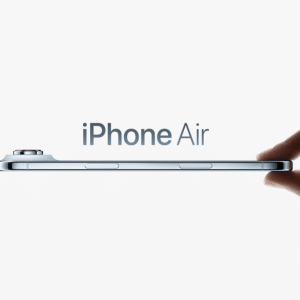Dassault Systèmes is a leader in 3D design, simulation, and product lifecycle management software. Its applications, including CATIA, SOLIDWORKS, and DELMIA, are widely used in industries requiring high levels of engineering precision.
Now, with the Apple Vision Pro product design experience, these tools are evolving to leverage Vision Pro’s spatial computing capabilities, offering professionals a more immersive and intuitive way to interact with 3D models.
Why Vision Pro?
The Vision Pro is equipped with:
- Ultra-high-resolution displays for detailed 3D model visualization
- Precise hand and eye tracking for intuitive interaction
- Advanced spatial computing to position models in real-world environments
- Seamless cloud integration for remote collaboration
These features make Vision Pro an ideal platform for industries that rely on precise modeling and interactive design processes.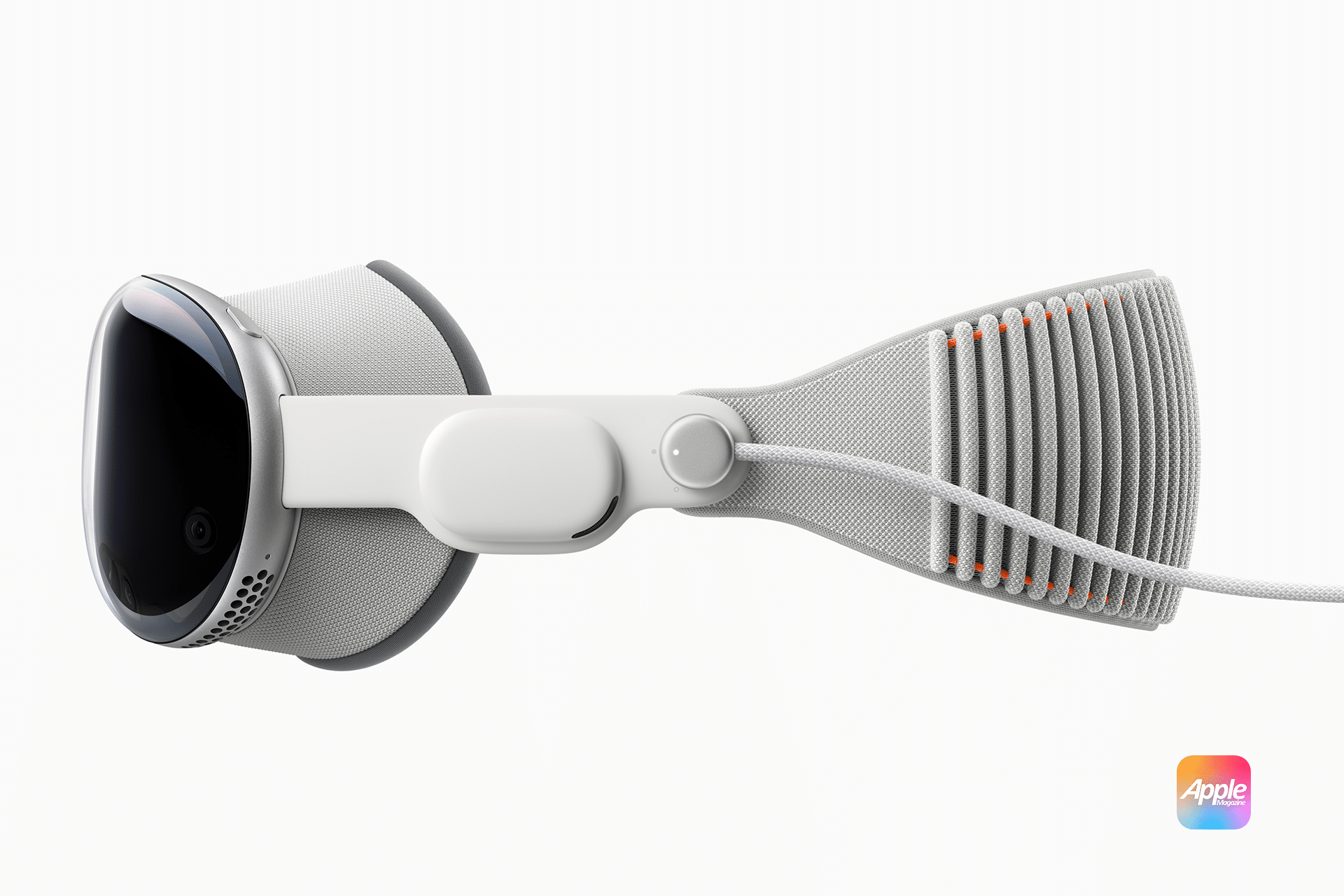
How Apple Vision Pro Transforms Product Design
The integration of Dassault Systèmes’ software with Vision Pro enhances multiple aspects of the design and manufacturing workflow.
1. Immersive 3D Modeling
Traditional 3D design is confined to screens, limiting how users interact with complex structures. With Vision Pro, engineers can step into their designs, viewing models from multiple angles, scaling them in real-time, and interacting with components naturally.
2. Real-Time Collaboration Across Locations
Vision Pro’s capabilities allow teams to work together in a shared virtual space, regardless of location. Dassault Systèmes’ cloud-based solutions ensure that engineers and designers can view and edit the same models simultaneously, improving efficiency in global operations.
3. Improved Manufacturing Simulations
Manufacturing teams can use Vision Pro to simulate assembly processes, ensuring better planning and identifying potential issues before production begins. This can reduce costs and minimize material waste.
4. Enhanced Prototyping and Testing
With Vision Pro’s mixed reality experience, prototypes can be tested virtually before physical models are created. This streamlines the design cycle and accelerates product development timelines.
Dassault Systèmes Applications Optimized for Vision Pro
Several of Dassault Systèmes’ flagship applications are now adapted for Vision Pro, bringing professional-grade tools to spatial computing.
1. CATIA – Advanced 3D Engineering
CATIA is used for designing complex mechanical components, particularly in aerospace and automotive industries. On Vision Pro, CATIA allows engineers to manipulate intricate 3D structures in an interactive environment, providing a new level of precision.
2. SOLIDWORKS – Engineering and Product Design
SOLIDWORKS, widely used for prototyping and mechanical design, benefits from Vision Pro’s intuitive controls. Designers can navigate models in a virtual space, making adjustments with hand gestures and refining details more efficiently.
3. DELMIA – Manufacturing Process Optimization
DELMIA, focused on manufacturing simulations, gains significant advantages from Vision Pro’s real-time visualization capabilities. Engineers can walk through production lines, test assembly processes, and improve workflows before implementation.
The Role of AI in Apple Vision Pro Product Design
AI-driven tools are becoming increasingly important in 3D modeling and industrial design. With Apple’s emphasis on AI-powered computing, Vision Pro enhances Dassault Systèmes’ applications by:
- Automating repetitive design tasks
- Predicting potential engineering flaws
- Enhancing real-time rendering for smoother workflows
Machine learning algorithms can also analyze user interactions to optimize tools for greater efficiency over time.
Industry Impact: How Different Sectors Benefit
The collaboration between Dassault Systèmes and Apple has the potential to reshape multiple industries.
1. Aerospace and Automotive Engineering
- Engineers can inspect aircraft and vehicle designs in full scale.
- Teams can simulate aerodynamics and structural integrity in virtual environments.
- Real-time testing can reduce the need for physical prototypes.
2. Architecture and Construction
- Virtual building walkthroughs help architects refine designs before construction.
- Clients can experience 3D models of structures before finalizing plans.
- Engineers can simulate structural performance under different conditions.
3. Medical Device Development
- Biomedical engineers can design and test medical equipment in immersive 3D.
- Surgeons can simulate procedures using virtual anatomical models.
- AI-powered precision modeling aids in custom prosthetics and implants.
4. Consumer Product Design
- Companies can visualize and refine product designs in a virtual space.
- Teams can collaborate on material choices and manufacturing techniques.
- Market testing can be conducted with virtual prototypes before production.
Challenges and Future Improvements
While Vision Pro brings exciting possibilities, challenges remain in integrating it fully into professional workflows.
1. Learning Curve and User Adoption
Many engineers and designers are accustomed to working with traditional screens and input devices. Transitioning to Vision Pro requires time and training.
2. Hardware Limitations
- Battery life constraints may affect long design sessions.
- The need for continuous software optimization to handle complex models.
- Potential issues with prolonged AR/VR use, such as eye strain.
3. Cost Considerations
Vision Pro’s premium pricing may limit accessibility for smaller design firms. However, as AR/VR technology evolves, costs are expected to decrease, making it more widely available.
How Vision Pro Strengthens Apple’s Network of Devices
Apple’s tight integration across its network allows Vision Pro to work seamlessly with Mac, iPad, and iPhone.
- Mac Compatibility: Users can switch between Vision Pro and their Mac for detailed design work.
- iPad Integration: Sketching and annotation can be done on iPad before refining models in Vision Pro.
- iCloud Collaboration: Files sync instantly across devices, ensuring real-time updates.
This connectivity ensures that Vision Pro isn’t a standalone device but part of a larger workflow that enhances efficiency.
The Future of Apple Vision Pro Product Design
As Apple continues refining Vision Pro’s hardware and software, the future looks promising for 3D design and manufacturing applications. With Apple Vision Pro product design capabilities expanding, the industry is on the verge of a transformation where spatial computing becomes the standard for high-precision workflows.
For engineers, designers, and manufacturers, Vision Pro offers a new way to interact with digital models—one that enhances creativity, speeds up production, and improves collaboration. As more software developers optimize their tools for spatial computing, Vision Pro could become an essential device in professional design environments.

